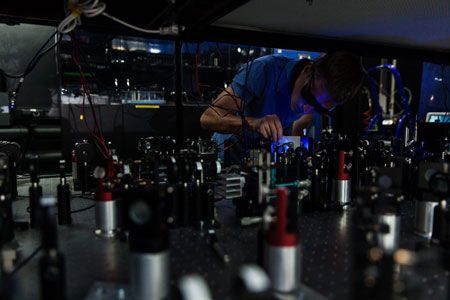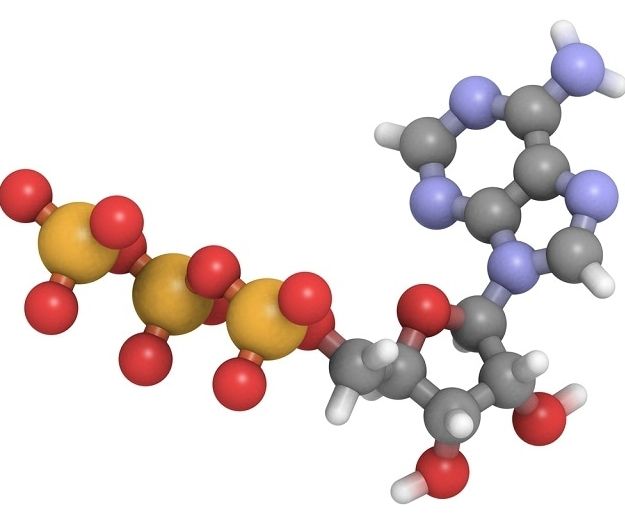Jun 23, 2016
Physicists create a high-precision ‘quantum ruler’
Posted by Karen Hurst in categories: engineering, quantum physics
Physicists from the Russian Quantum Center (RQC), MIPT, the Lebedev Physical Institute, and L’Institut d’Optique (Palaiseau, France) have devised a method for creating a special quantum entangled state. This state enables producing a high-precision ruler capable of measuring large distances to an accuracy of billionths of a metre. The results of the study have been published in Nature Communications (“Loss-tolerant state engineering for quantum-enhanced metrology via the reverse Hong–Ou–Mandel effect”).
“This technique will enable us to use quantum effects to increase the accuracy of measuring the distance between observers that are separated from one another by a medium with losses. In this type of medium, quantum features of light are easily destroyed,” says Alexander Lvovsky, a co-author of the paper, the head of the RQC scientific team that conducted the research, and a professor of the University of Calgary.
Continue reading “Physicists create a high-precision ‘quantum ruler’” »
















